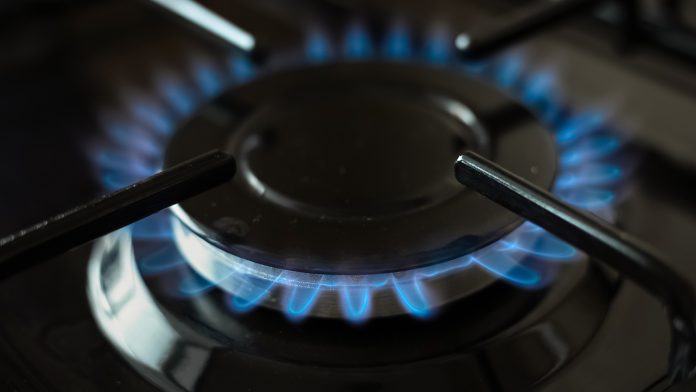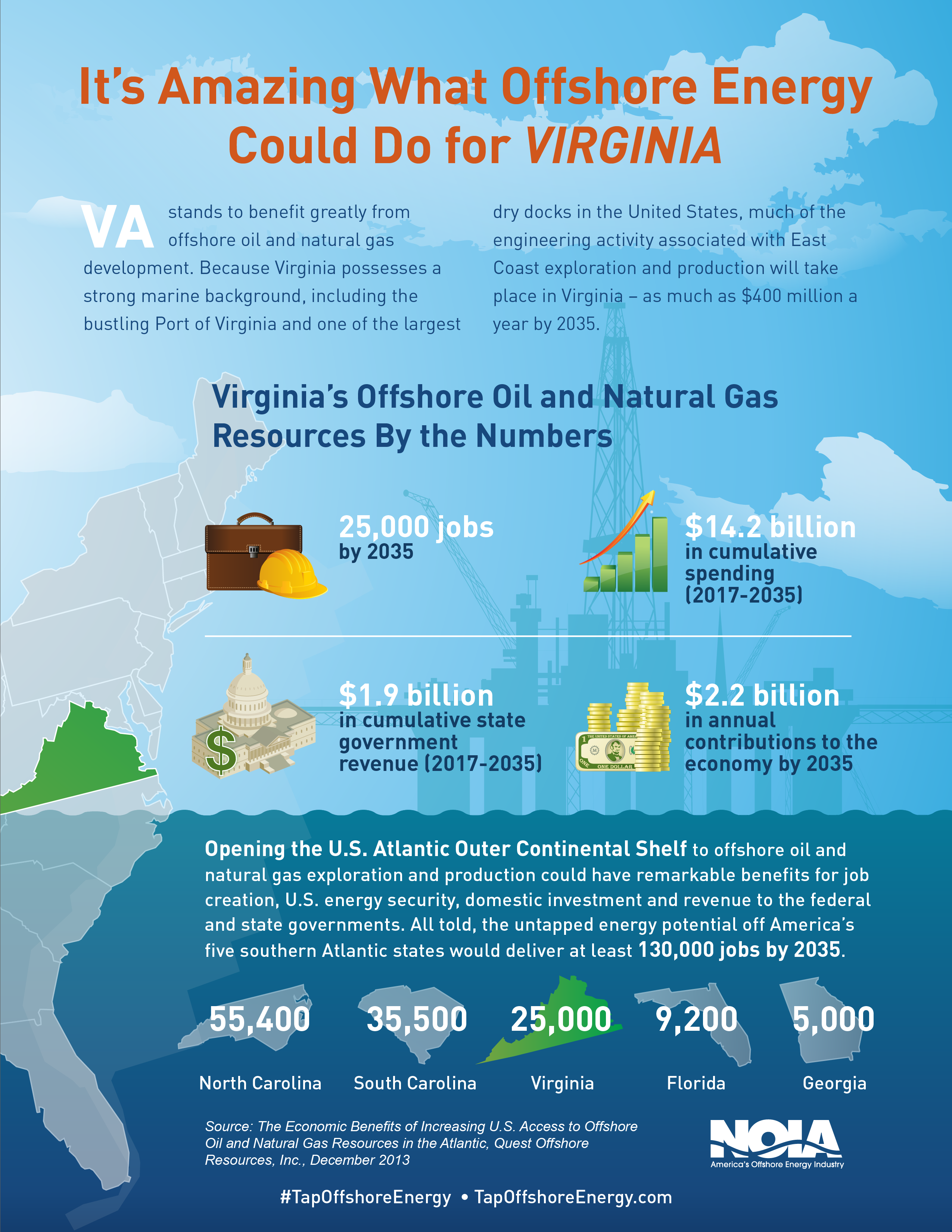In recent weeks, Americans have been barraged with headlines regarding our country’s new found energy abundance. Just last month the International Energy Administration (IEA) predicted the United States will become the world’s largest oil producer by 2015. In fact, U.S. oil production has grown by 18 percent in the past year, and has reached its highest output in 25 years. Additionally, the U.S. recently surpassed Russia and Saudi Arabia as the world’s top oil and natural gas producer. New estimates released by the Energy Information Administration showed America pulling ahead of both countries in oil and natural gas production for 2013 while also lowering energy costs.
Developments like these led President Obama to declare recently that, “After years of talk about reducing our dependence on foreign oil, we are actually poised to control our own energy future.”
With such positive energy forecasts for the nation, American energy consumers can be hopeful that they will receive the gift of lower energy prices throughout the holiday season and into 2014. And that certainly will be important to Americans this year – whether they are traveling for the holidays, using additional electricity for lighting their homes or entertaining friends and family.
According to AAA, an estimated 94.5 million Americans will travel an average of 805 miles over the holiday season. Recent analysis by Consumer Energy Alliance (CEA) predicts that holiday travel = may end up costing American drivers about $148.00. However, since the national average price for a gallon of regular unleaded gasoline is now $3.22 – six cents less than at the same time last year – fuel costs to travel to grandma’s house will likely be cheaper this year.
For the year, AAA recently stated that the national average so far was $3.50 per gallon, 10 cents cheaper than the annual average per gallon, because refineries increased capacity to take advantage of increased North American crude oil supplies.
In 2012, the Bureau of Labor Statistics estimated that the average consumer spent $2,549 on gasoline. Therefore, CEA estimates that the average consumer will spend around 5% of their annual gasoline expenditures during the holiday. By comparison, Gallup shows that the average American will spend $704 on holiday gifts this year.
There is also good news for consumers that are concerned about higher electricity costs around the holidays from those lighted holiday decorations. Fortunately, consumers won’t break the bank to light their Christmas tree this holiday season. According to a recent analysis by CEA, the average six foot Christmas tree will cost a little less than $4.00 to keep lit up with mini lights (for 4 hours a day for one month) during this holiday season.
Make no mistake, CEA believes that consumers should be spending more on holiday presents, not on energy costs. The good news is there are simple steps consumers can take in their own homes to offset holiday spending by managing their energy use.
Here are some tips on how to winterize your home and cut heating bills:
1. Open curtains on your south-facing windows during the day to allow sunlight to naturally heat your home, and close them at night.
2. Seal the air leaks around pipes, gaps around chimneys and recessed lights in insulated ceilings, and unfinished spaces behind cupboards and closets.
3. When fireplace is NOT in use (or not open for Santa’s Christmas Eve visit) make sure the damper is CLOSED.
4. When you are asleep or out of the house, turn your thermostat back 10° to 15° for eight hours and save around 10 percent a year on your heating and cooling bills.
5. Turn down the temperature of your water heater to the warm setting (120°F). Water heating can account for 14 percent to 25 percent of the energy consumed in your home.
CEA also has tips for how to save on overall energy costs this holiday season:
- Limit the amount of time lights are on
- Turn off room lights when the tree is lit
- Turn the thermostat down when you have guests
These are just a few tips that can help limit energy costs this holiday season. We hope you find them useful and that you and your family have a safe and happy holiday filled with low energy and fuel costs!

















